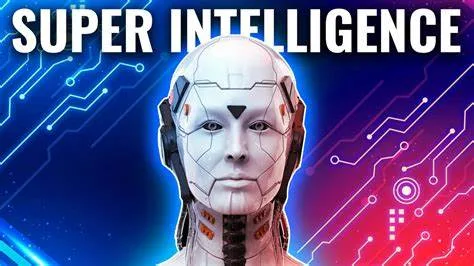Top 10 Categories of Artificial intelligence-AI in short
Top 10 Categories of Artificial intelligence-AI in short

https://healthcareguru.services/about-us/
Top 10 Categories of Artificial intelligence-AI in short
Artificial Intelligence (AI) can be categorised into several types based on capabilities, functionalities, and applications. Here are some of the main types of AI
Narrow AI (Weak AI):
Narrow AI refers to AI systems designed and trained for specific tasks or functions. These systems excel in performing a single lesson or a limited range of tasks. Examples include voice assistants like Siri and Alexa, recommendation systems used by streaming platforms, and image recognition systems. Narrow AI is specialised and focused on one specific area.
Examples:
Its Various applications like virtual assistants like Siri and Alexa, recommendation systems, image recognition software, and natural language processing algorithms.
General AI (Strong AI):
General AI is a hypothetical form of AI that possesses human-level intelligence and can perform any intellectual task that a human can do. It would have the ability to understand, learn, and apply knowledge across various domains. As of now, true General AI does not exist and remains a subject of theoretical research.
Artificial Superintelligence (ASI):
ASI goes beyond human intelligence and represents AI that surpasses the cognitive abilities of the most intelligent humans in every aspect. It would possess exceptional problem-solving skills, creativity, and self-awareness. ASI is a theoretical concept.
Machine Learning (ML):
This category of artificial intelligence involves algorithms that analyze data, identify patterns and make predictions or decisions based on the patterns found. By learning from data, machines can improve their performance over time, making machine learning crucial in various applications like image recognition, recommendation systems, and autonomous vehicles.
Deep Learning:

Deep learning categories of artificial intelligence are a subset of artificial intelligence and machine learning that mimics the human brain’s neural networks to process and understand complex patterns in data.
It involves using deep neural networks with multiple layers to learn hierarchical representations from raw data. Deep learning has shown remarkable success in various fields, including computer vision, natural language processing, speech recognition, and more.
Ability:
Automatically learning features from data makes it a powerful tool for solving intricate problems and has led to significant advancements in AI applications.
Reinforcement Learning:

categories of artificial intelligence Reinforcement Learning is a type of machine learning where an AI agent learns by interacting with an environment. It aims to maximize rewards by taking actions in that environment. The agent receives feedback in the form of rewards or penalties for its actions, and over time. It learns to make better decisions to achieve its goals. Think of it as a learning process similar to how humans learn from trial and error.
Natural Language Processing (NLP):
In this category of artificial intelligence NLP stands for Natural Language Processing, which is a branch of artificial intelligence that focuses on enabling computers to understand, interpret, and generate human language in a way that feels natural to humans. It involves tasks like text analysis, speech recognition, language translation, sentiment analysis, and more.
NLP plays a vital role in application virtual assistants, chatbots, language translation services, and many other language-related technologies we use in our daily lives.
Computer Vision:
Computer Vision is a field of artificial intelligence that deals with teaching computers to interpret. Understand visual information from the world around them. It involves developing algorithms and models that can analyze and process images and videos to extract meaningful insights.
Applications:
Object recognition, facial recognition, image classification, autonomous vehicles, medical imaging, and surveillance systems, make it a crucial technology in our modern world. Computer Vision is a field of AI that involves enabling computers to interpret and understand visual information from images or videos. Applications include object detection, facial recognition, and autonomous vehicles.
Expert Systems:
Is a type of artificial intelligence software designed to emulate the decision-making and problem-solving abilities of human experts in a specific domain. It uses a knowledge base, which contains a set of rules and facts, and an inference engine to reason and conclude from the provided information. By simulating the expertise of human specialists, expert systems can offer recommendations, diagnose problems, and provide valuable insights into areas. Medicine, finance, engineering, and more. They are used to support decision-making processes and provide expert-level advice in various fields.
Robotics:
AI-powered robotics involves developing intelligent machines that can perform tasks autonomously or with minimal human intervention. These robots can range from industrial robots used in manufacturing to social robots designed for human interaction. These are just some of the major types of AI. There are various other subfields and applications within the realm of artificial intelligence. Technology advances, new types of AI may emerge, and existing categories.
It’s all about the Top 10 Categories of Artificial intelligence-AI in short


Great 👍